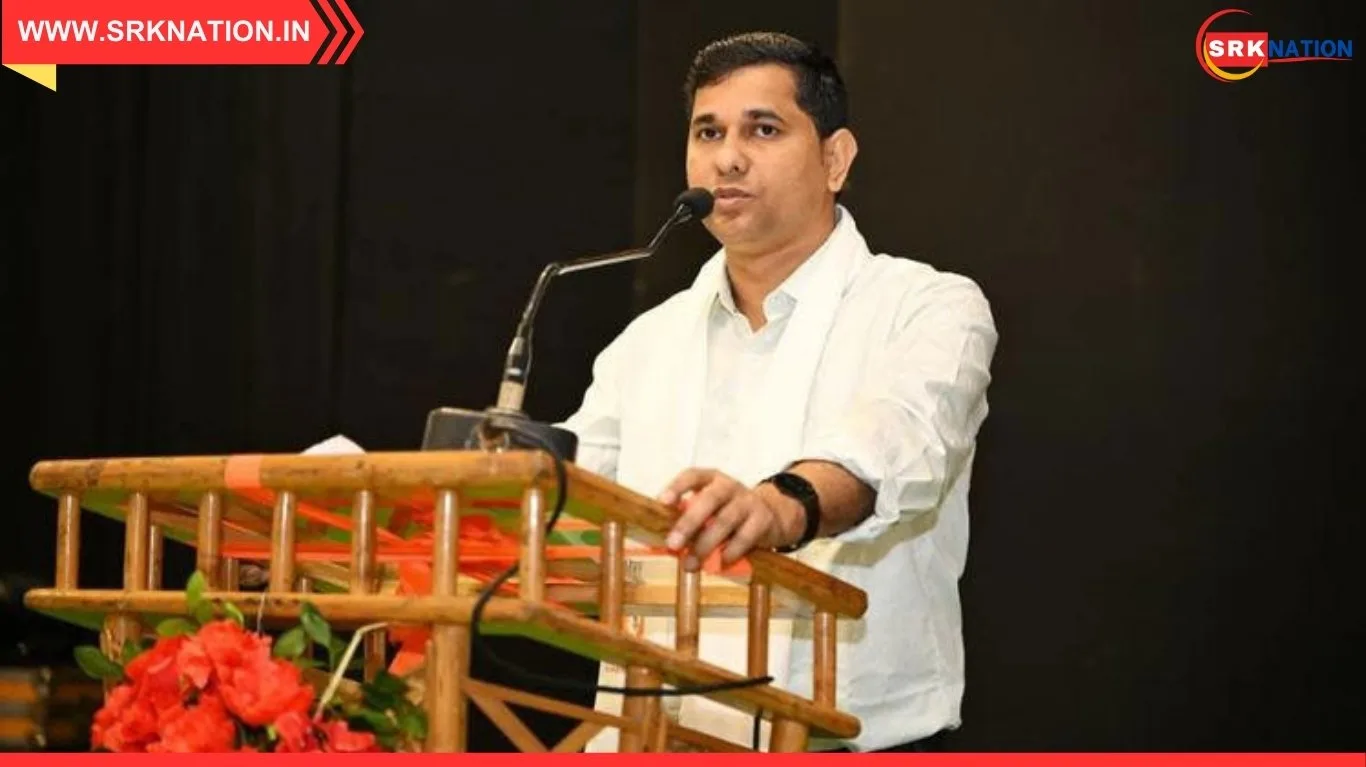Tripura’s Fisheries Minister has assured citizens that the state will not face a shortage of fish even if imports from neighboring Bangladesh are disrupted. The statement comes amid speculation about possible supply constraints due to cross-border trade issues. The minister emphasized that Tripura has strengthened its domestic fish production capacity, ensuring self-sufficiency and stability in the sector.
Tripura’s Dependence on Fish Imports
Fish is a staple in Tripura’s diet, with high demand across urban and rural households. Traditionally, a significant portion of the state’s fish supply has come from Bangladesh due to geographical proximity and cultural similarities. However, concerns have arisen about over-reliance on imports, especially during times of political or logistical disruptions.
Minister’s Assurance
The Fisheries Minister highlighted several key points:
- Self-Sufficiency: Tripura has increased local fish production through modern aquaculture practices.
- Infrastructure Development: Investments in hatcheries, ponds, and cold storage facilities have boosted domestic capacity.
- Government Support: Subsidies and training programs have empowered local fish farmers.
- Market Stability: Even if Bangladesh halts supply, Tripura’s internal production will meet consumer demand.
Tripura’s Fish Supply Sources
| Source | Contribution (%) | Notes |
|---|---|---|
| Domestic Production | 70% | Local aquaculture, ponds, rivers |
| Imports from Bangladesh | 25% | Cross-border trade, cultural demand |
| Other States (Assam, West Bengal) | 5% | Supplementary supply |
Rising Domestic Production
Tripura has made significant strides in boosting domestic fish production:
- Aquaculture Expansion: Farmers are adopting scientific methods to increase yields.
- Hatchery Growth: New hatcheries ensure a steady supply of fish seeds.
- Training Programs: Government initiatives provide knowledge on sustainable practices.
- Cold Chain Development: Improved storage reduces wastage and ensures year-round availability.
Growth in Tripura’s Fish Production (2018–2025)
| Year | Production (MT) | Growth (%) |
|---|---|---|
| 2018 | 65,000 | – |
| 2020 | 72,000 | +10.7% |
| 2022 | 80,000 | +11.1% |
| 2025 | 92,000 | +15% |
Consumer Demand and Cultural Importance
Fish is not just a food item but a cultural staple in Tripura:
- Daily Diet: Fish curry and rice are common meals.
- Festivals: Fish dishes are integral to traditional celebrations.
- Nutrition: Fish provides essential proteins and nutrients for rural households.
Challenges Ahead
Despite progress, challenges remain:
- Climate Change: Erratic rainfall affects pond-based aquaculture.
- Disease Management: Fish diseases can reduce yields.
- Market Prices: Rising costs of feed and inputs may affect affordability.
- Cross-Border Politics: Trade disruptions with Bangladesh can still impact availability of certain varieties.
Expert Opinions
- Economists: Stress the importance of reducing dependency on imports.
- Fisheries Scientists: Highlight the need for disease-resistant fish breeds.
- Farmers: Appreciate government subsidies but demand better access to credit.
- Consumers: Welcome assurances but remain cautious about price fluctuations.
Future Outlook
Tripura’s fisheries sector is expected to grow further:
- Targeted Production: Government aims to cross 100,000 MT in the next three years.
- Export Potential: Tripura may eventually export fish to other states.
- Technology Adoption: Use of AI and IoT in aquaculture for monitoring water quality.
- Youth Participation: More young entrepreneurs entering fish farming.
Conclusion
The assurance by Tripura’s Fisheries Minister that the state will not face a fish shortage even if Bangladesh halts supply reflects the growing confidence in domestic production. With investments in infrastructure, training, and modern aquaculture, Tripura is steadily moving toward self-sufficiency.
While challenges remain, the state’s proactive measures ensure that fish will continue to be available for households, festivals, and cultural traditions. Tripura’s journey from dependency to resilience in fisheries is a model for other northeastern states.
Disclaimer: This article is based on publicly available government updates, expert commentary, and industry analysis. Readers are advised to follow official state notifications for verified details.











